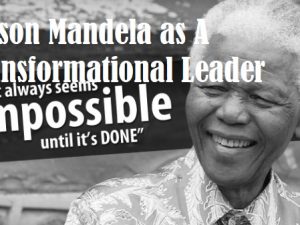| Table of Contents |
1.0 Introduction
2.0 Contemporary adult learning practices
2.1 Integrated skill learning
2.2 Personalization
2.3 Leaner involvement
2.4 Immediate feedback
3.0 Current best practices of pedagogical approaches to vocational education and training for childcare industry
4.0 Identification of learning theories and instructional design principles
4.1 Behaviorism
4.2 Cognitivism
4.3 Constructivism
5.0 Different learning styles
6.0 Different learning techniques
7.0 Designing and managing learning contents and objects for childcare industry.
8.0 Conclusion
References
|
| Preview |
1.0 Introduction
Learning practices are being changed over the time and many educators have introduced different techniques which increase the effectiveness of learning process. This study provides an overview of contemporary adult learning practices and current best practice pedagogical approaches to vocational education and training. This study also identifies and discusses different learning theories such as behaviorism, cognitivism and constructivism and also discusses instructional design principles. These learning practices are applied to childcare industry which is currently I work. Further, this study briefly explains various leaner styles and how each style can be encouraged to learn more effectively.
2.0 Contemporary adult learning practices
Contemporary learning practices can be defined as the implementation of learning method and activities which provide experiences for students both in and out of classroom, by assisting them to identify skills and competencies which are being developed by them to prepare themselves for professional environment (Khalil & Elkhider, 2016). Contemporary learning practices focus on wider range of teaching element which intent to bring dynamic modern world into the class room. There are four fundamental characteristics which are integrated skill learning, personalization, learner involvement and immediate feedback.
2.1 Integrated skill learning
Memorizing theories and concepts is considered as conservative method of learning. However, many researches emphasize that it is an outdated method and recognizes creative methods to conduct effective learning practices. The professionals in childcare sector should have more practical knowledge than theoretical knowledge. Integrated skill learning can be used in childcare industry by using research tools such as library, internet, dictionary effectively, observing the world and immediate surroundings perceptively, using systematic problem solving, distinguish between fact and opinion, recognize and accept similarities and differences, formulating suitable personal, academic, vocational and social goals (Khalil & Elkhider, 2016).
2.2 Personalization
This refers that using the experiences of students to motivate them to learn. This is also called as opportunistic teaching since educators use daily life experience to apply it to learning activities (Khalil & Elkhider, 2016). In this method, teachers can use what is happing around the school, what the elements of daily life that can be related to study, what students watch in television, things related to school, communication, country and world that students concern (Khalil & Elkhider, 2016). Further, resources such as television, music, internet, newspapers and magazines can be used in this method.
|





